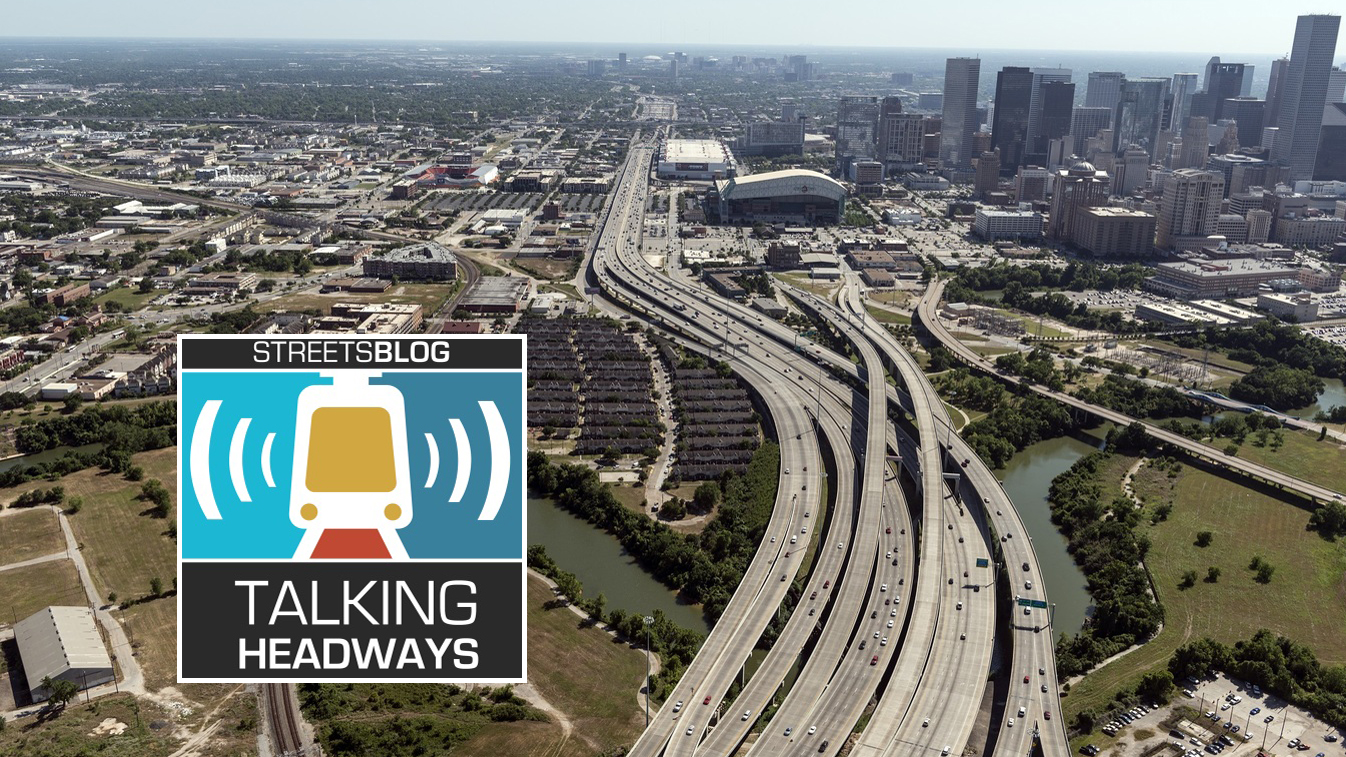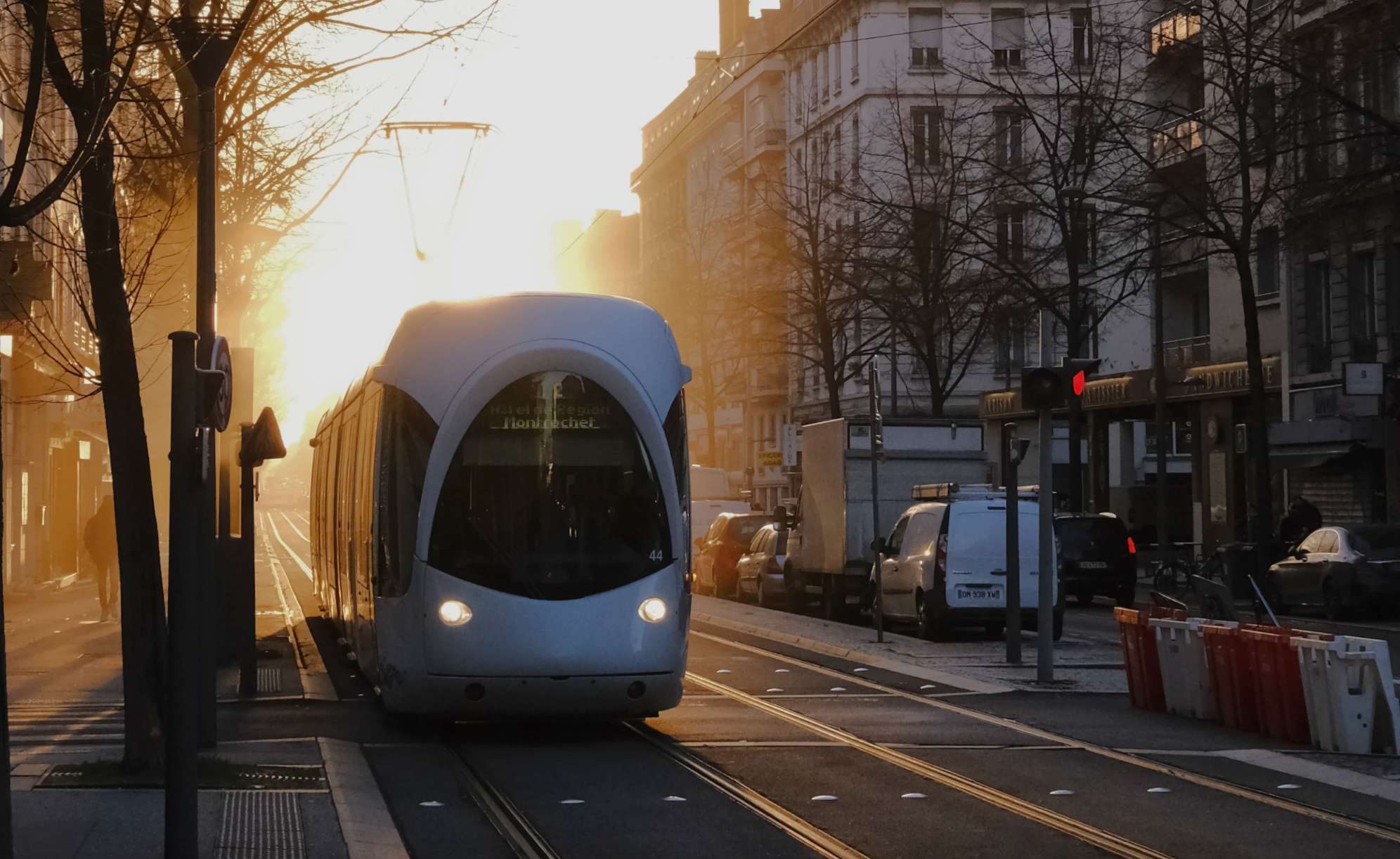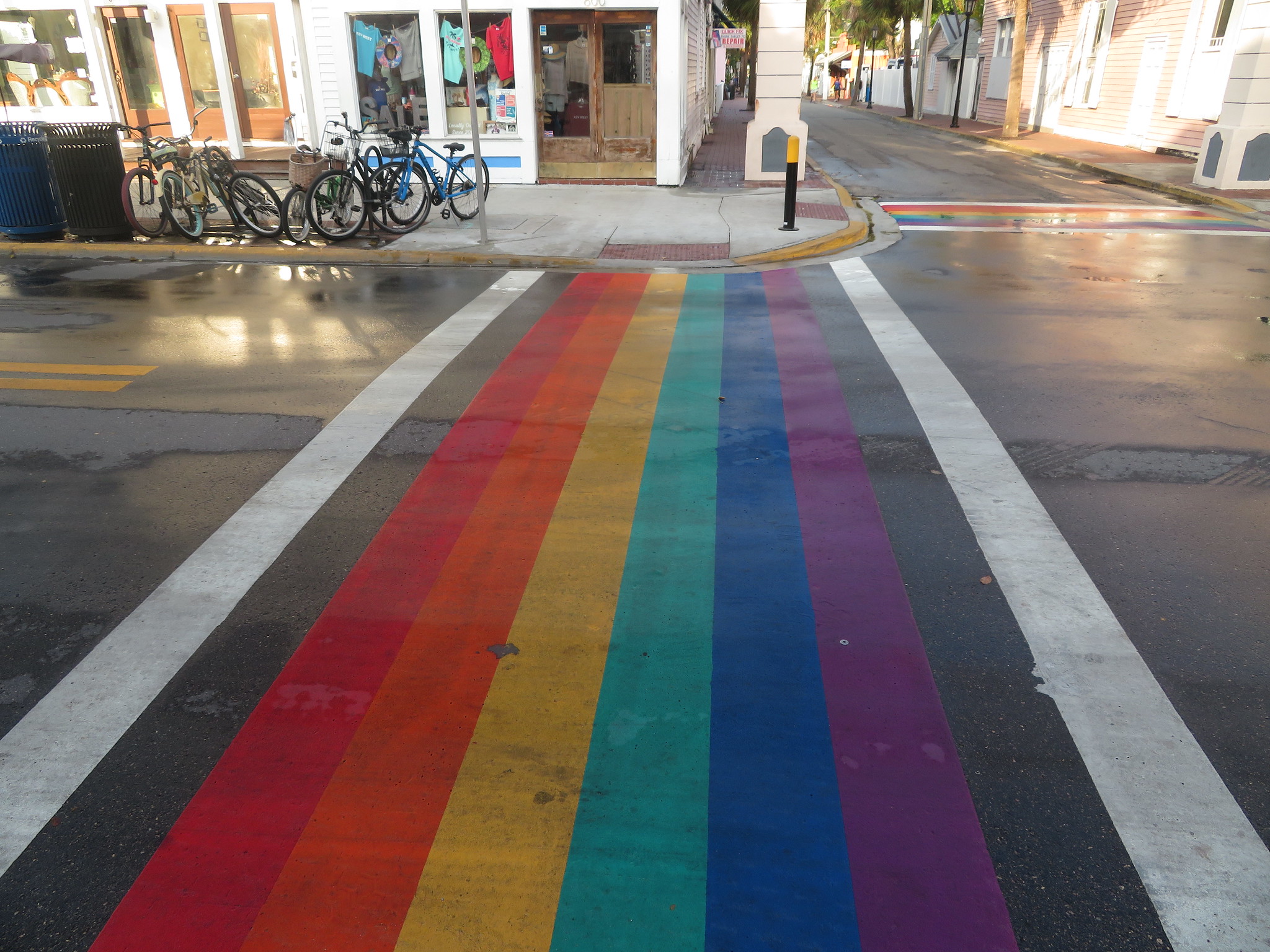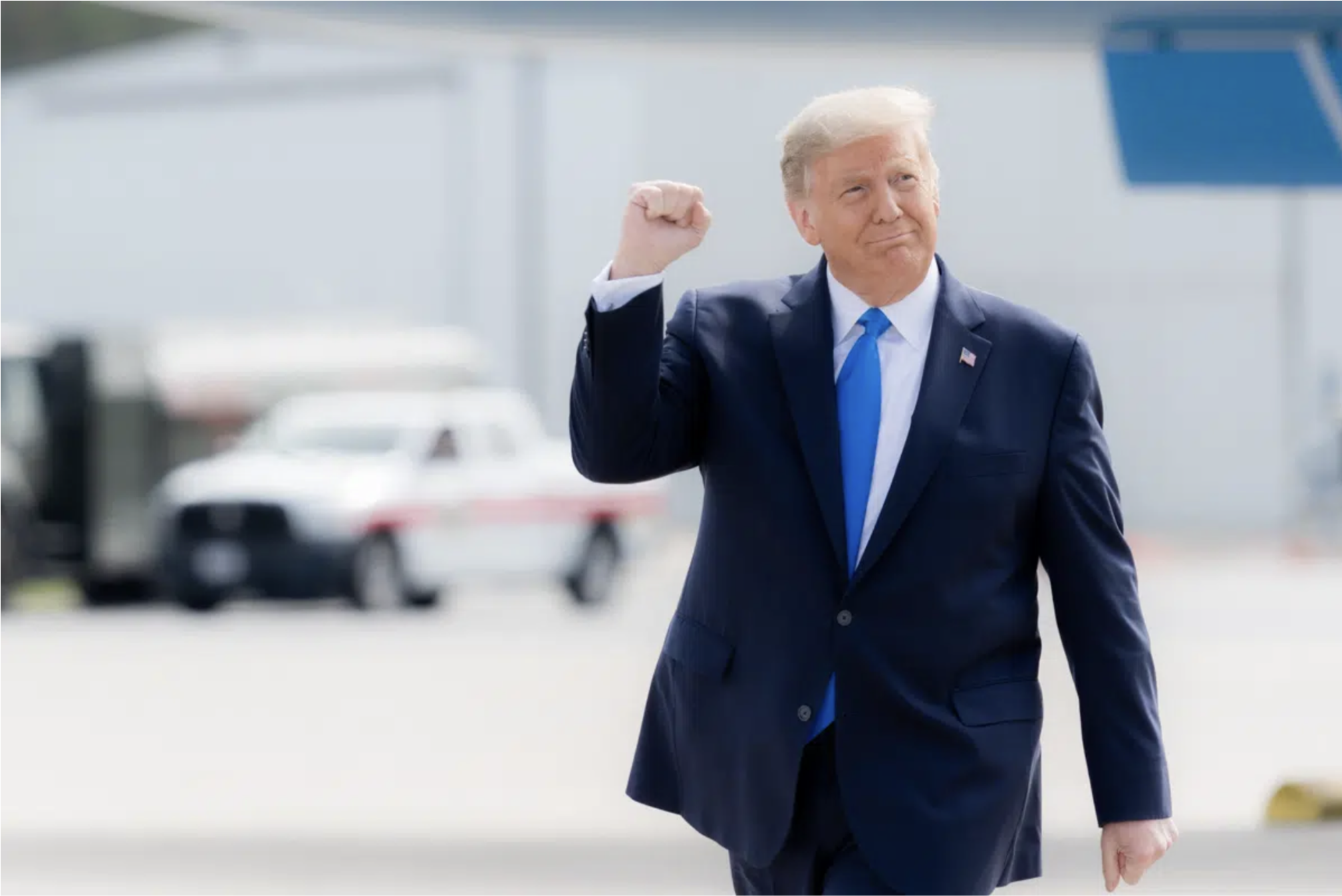Does metro Indianapolis need a $1.5 billion second outerbelt? Not if you think highways-to-nowhere are a bad way to spend money. But that didn't stop a group of state lawmakers from trotting out the idea recently.
The long-dormant "Indiana Commerce Connector" is a proposed $1.5 billion semi-circle around undeveloped farmland that was rejected by state officials in 2006.
Now, suddenly, this very bad idea is back in the news. And, as Urban Indy's Curt Ailes points out, the timing is all very suspect.
Just last week a group of state senators delayed action on the Indy Connect plan to expand regional transit. Was preserving money for this highway plan the reason, Ailes wonders, and if so, how can the expense possibly be justified?
For the uninformed, see the map above which traces a rough route miles from Indianapolis through what is primarily farmland. The road would intersect with small outlying towns which, in most cases, are far enough out as to not even be considered suburbs of the metro area.
Look at the map. The Indiana Commerce Connector (ICC) would travel from small Pendelton to Martinsville, which, except for Martinsville, already have interstate access. Do these small, outlying communities require 2 bisecting freeways to provide economic development opportunities? Is it worth expending huge sums of money and effort based upon presumptive arrival of business? Are the current metro area job centers not performing at a high enough level? Is further separation from the skilled labor in the region required to gain maximum economic benefit?
With the recent upending of HB1011 in committee last week by some of the same Senators cited as supporting the commerce connector, it really calls into question the motives behind the neutering of the transit bill.
As far as the public knows, there are no specific targets for the commerce connector except some vague references to warehousing and logistics benefiting from the road. If built, and logistics warehouses are the target workforce to attract, would we only be exasperating the issue we have now in places like Plainfield and Greenwood where large areas of warehouses with low wage jobs are located and which lack public transit to get workers to them? Is this not the same problem we are attempting to solve with the transit bill? The right to GET to work?
Elsewhere on the Network today: Seattle Bike Blog reports that a horrific collision which devastated a local family is causing some reflection about the city's traffic safety efforts. The State Smart Transportation Initiative shares a study outlining what reforms are necessary to achieve a significant reduction in greenhouse gas emissions and petroleum use by 2050. And Plan Philly reports that after a surge of new investment, SEPTA's regional rail is now delivering on-time performance an impressive 99 percent of the time.






